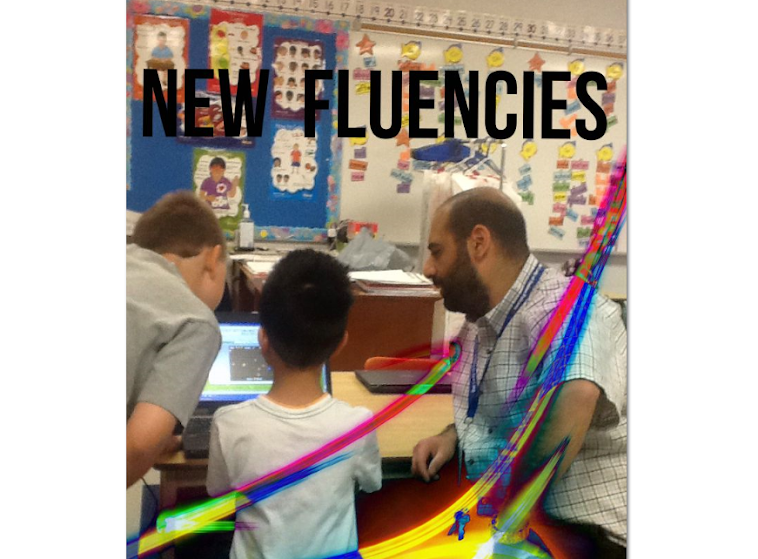I THOUGHT that I had spent quality time teaching my students how to be critical thinkers, but I was incorrect. I want to share with you what I did with my students and what they showed me. I will tell you 'up-front', I am quite pleased with the results of this lesson.
I showed them the following commercial, but only until the 47 second mark.
I asked them if they believe that this House Hippo exists. None of them had heard of the House Hippo but most of them believed that they had one at home! I told them that I looked at my house and could not find one or any trace of one. I explained that we needed to “go deep” about this topic to figure out what this House Hippo commercial is all about. I told them that they need to be critical about this to figure out what is going on - to prove or disprove if the house hippo is real or not – to make sense of it.
I told them that we needed to create a Critical Thinking Anchor Chart to guide us in "going deeper". This is what I thought we would create:
Critical Thinking Strategies Anchor Chart
1. Ask Questions – How did the Hippo’s get into the house?
2. Evidence – Does the video tell us where we can find more information? What evidence do they provide viewers with?
3. Research - Where will you look for evidence outside of the video? What technology will you use?
4. Emotion – Don’t let emotions in, good or bad (“I would love a house hippo!”). Be objective and stay focused on your task.
Evaluate – make a decision about what you think based on the first 3 critical thinking strategies
|
This is what we actually created:
 |
| not the best picture....sorry |
After our chart was complete I showed them the graphic organizer I created to assist them in thinking critically. I put the students into groups and then set them free. Part of this lesson required technology integration - so I made the classroom computer and laptop available to the students as one way to do research for their assignment. With my guidance they both of the computers were used.
Here is an example of how the graphic organizer was used to assist the students:
 |
| Sample 1 Part 1 |
The graphic organizer kept the students focused, and trust me, they totally wanted to let their 'emotions' take over. It was exciting to see the looks on their faces the moment they realized, using the critical thinking strategies, that there was no such thing as a House Hippo and that the commercial was created to teach students to think critically about the media they are exposed to. Some of the students were sad that they would not have the opportunity to discover their House Hippo and some were sad that such a commercial was made to trick them. The most rewarding part of this experience has been the discussions that have come from the lesson. A handful of my students told me that they were going to pay closer attention when watching commercials on television. Some come in to class in the morning and want to talk about what they saw on television and whether they believe it is true or not based on the critical thinking strategies we used to make sense of the House Hippo commercial. Mission accomplished (I think)!


I love the 'House Hippo' video! What great media literacy / critical thinking activity/lesson for your students Rolland!
ReplyDeleteKeep the great blog posts coming!
Thanks Mike! Waiting on you .... when will we get another McLuhan's Ghost blog post?
DeleteHi Rolland,
ReplyDeleteI love the way you document what you are doing in the classroom using pictures and the way you explain your rationale for the instructional strategies and resources you have chosen. Keep up the great work.
Thank you Ferdinand! I appreciate your feedback.
Delete